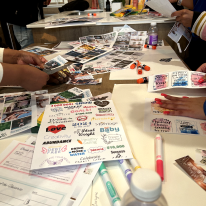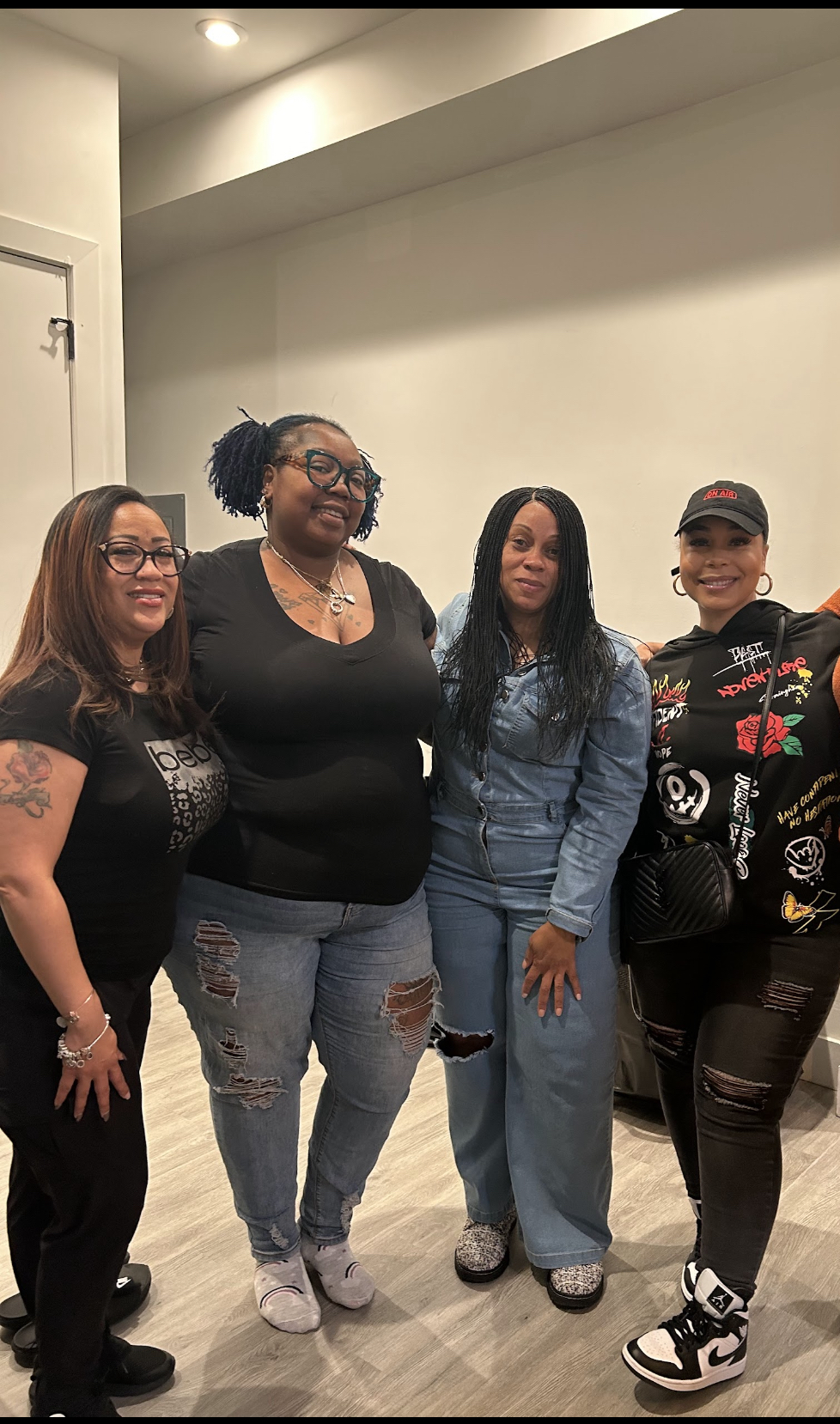Community engagement refers to the process of working collaboratively with community groups to address issues that impact their well-being. This approach is essential for fostering a sense of belonging, responsibility, and active participation among community members. One critical area where community engagement can make a significant impact is in addressing youth crime rates. By involving young people in positive activities and providing them with support systems, we can steer them away from criminal behavior and towards productive futures.
The Link Between Community Engagement and Crime Reduction
Studies and statistics consistently show a correlation between community engagement and reduced youth crime rates. According to a report by the Office of Juvenile Justice and Delinquency Prevention, youth who participate in community-based programs are less likely to engage in criminal activities. These programs provide mentorship, education, and positive peer interactions, all of which contribute to lower crime rates.
Success stories from various community programs further illustrate this link. For instance, the Midnight Basketball program, which began in the 1990s, offered young people a safe space to play basketball during peak crime hours. This initiative not only reduced crime rates but also improved participants' academic performance and job prospects.
Effective Community Programs for Youth
Youth Empowerment Programs
Empowering young people through skills development and leadership training is a proven method to reduce crime rates. Programs like Chase Change, which organizes Rap Sessions to engage youth in meaningful discussions, have shown remarkable success. These sessions provide a platform for young people to voice their concerns, learn from role models like Stamaur 'Ayye Pap' Mitchell, and develop a sense of purpose.
Volunteer Opportunities for Youth
Providing volunteer opportunities for youth is another effective strategy. When young people volunteer, they gain a sense of responsibility and community connection. Nonprofits can offer a variety of volunteer roles, from organizing community clean-ups to mentoring younger children. These experiences not only keep youth engaged but also help them develop valuable skills and a sense of pride in their community.
How Nonprofits Can Make a Difference
Nonprofit organizations play a crucial role in community engagement. They have the resources, expertise, and networks to implement programs that effectively address youth crime. For example, Chase Change's innovative events and activities at the Seat Pleasant Activity Center demonstrate the power of community-based initiatives. By providing safe spaces, mentorship, and educational opportunities, nonprofits can create environments where young people thrive.
Case Studies of Successful Initiatives
Numerous case studies highlight the success of nonprofit-led programs. The Boys & Girls Clubs of America, for instance, have been instrumental in reducing crime rates in communities across the country. Their comprehensive approach includes academic support, recreational activities, and mentorship, all of which contribute to the holistic development of youth.
Conclusion
The evidence is clear: community engagement is a powerful tool in reducing youth crime rates. By supporting youth empowerment programs, providing volunteer opportunities, and leveraging the expertise of nonprofit organizations, we can create safer, more vibrant communities. It's time for all of us to get involved and make a difference. Join initiatives like Chase Change and be part of the solution to reduce youth crime rates through innovative community engagement.





